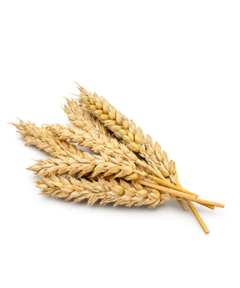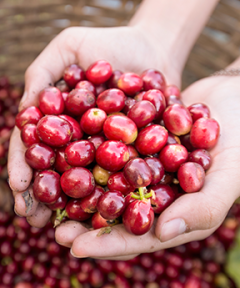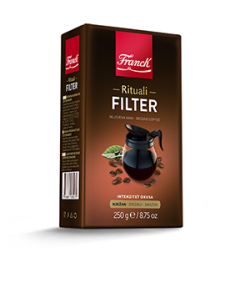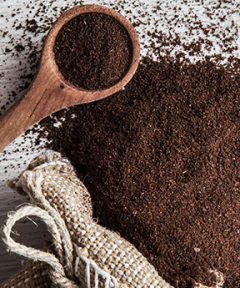Coffee is a plant from the Rubiaceae family. The plant has elongated, shiny, leathery, dark green leaves that grow in pairs, and the plant can reach up to 10 metres in height. Most of the known coffee varieties grow in what is called the 'coffee belt', which includes about 70 coffee-growing countries. The world's main producers are Brazil, Vietnam, Columbia and Indonesia. Coffee is named after its country of origin. The optimum growth conditions for the plant are lots of rain and air temperatures between 12-27°C. After 3 – 4 years, the plant becomes mature, and it achieves full productivity after 10 years. During flowering, the coffee plant is covered with white flowers, with a scent similar to jasmine. Once fertilised, the fruits are formed. The fruits resemble cherries and are grouped into clusters. Within each berry, there are two light green beans. The berries are harvested by hand, or using machinery if the terrain permits. There is usually one harvest per year, though some regions have two harvests per year, depending on the climatic conditions. After harvesting, the beans are separated from the pulp, which is possible using the dry or wet method. The dry method entails leaving the berries to dry in the sun for about 4 weeks, with occasionally turning of the berries. In this method, the soft pulp is dried out over time, becomes hardened and breakable, and the beans are easily extracted. In some countries where there is not enough sun, the procedure is shortened by mechanically removing part of the berry from around the beans. The wet procedure implies submerging the berries in water to soften the meat, after which the pulp is mechanically separated from the beans. The healthy beans are then separated from the lesser quality ones by submerging them in water, which leads to the process of fermentation and the separation of the internal membranes, which are then washed away. After separation of the pulp, the beans are dried, polished and sorted, and then stored and transported. Before the end customer, the coffee beans must be processed using specific processing procedures, depending on the ultimate use.Processing includes coffee roasting, blending and grinding. There are two main commercial varieties of coffee: Arabica and Robusta.



























